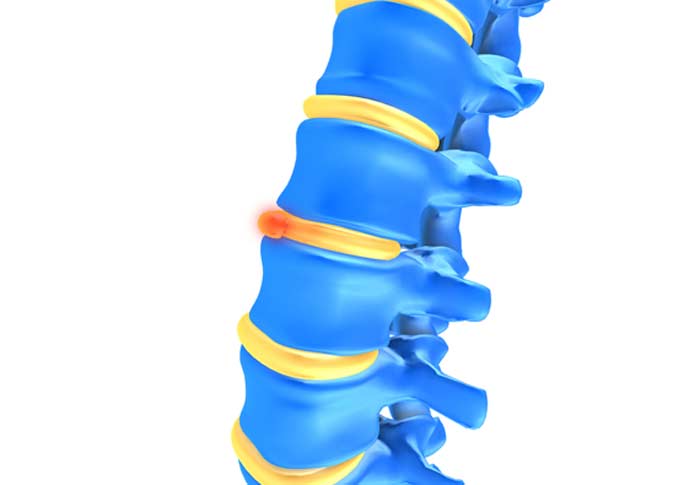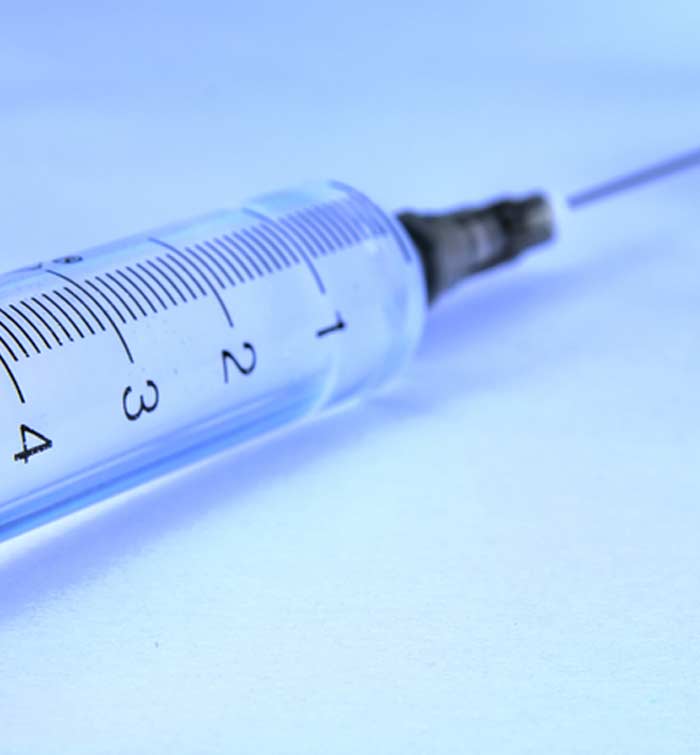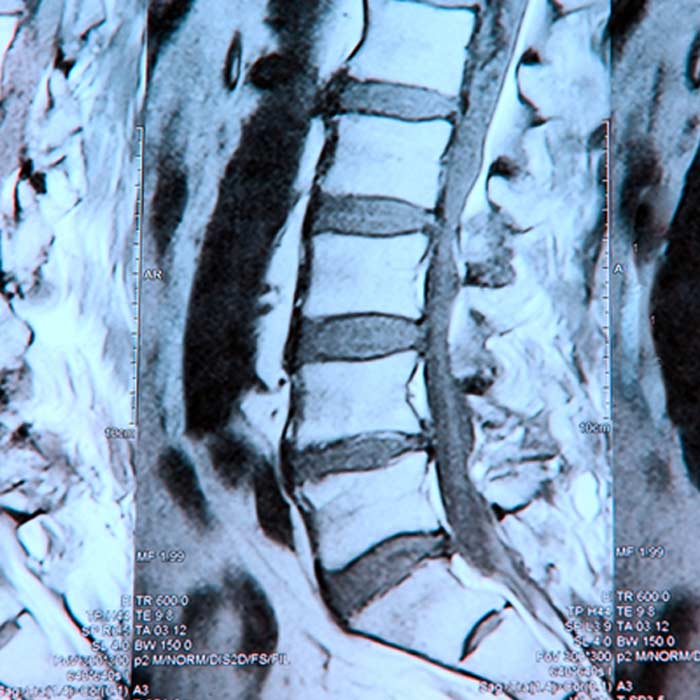
Back pain is experienced by about 90 percent of the population at one time or another.
And while there are several possible sources of this type of pain, which is often experienced in the lower back or neck area, a common culprit is one or more of the 23 discs that cushion the spine’s vertebrae. This is because spinal discs naturally wear down over time – a process referred to as degenerative disc disease.
In order to determine whether or not a disc is the actual source of your symptoms, a test called a discography may be performed.
What Is a Discography?
Also known as a discogram, a discography is an outpatient diagnostic procedure performed to determine if an abnormal spinal disc is the actual source of a patient’s pain. A contrast liquid is injected into mid-section of the affected disc or discs. X-ray guidance ensures that the needle is inserted into the correct location.
When Is It Recommended?
A discography is often recommended following other image tests and patient evaluations. MRIs, in particular, can show the presence of abnormal discs. However, they cannot show if disc irregularities are the source of a patient’s discomfort. Since a discography is considered an invasive test, it’s usually not something that’s done unless conservative (non-surgical) treatments such as the use of medication and various forms of physical therapy have been attempted for about 4-6 months without success.


How Is a Discography Performed?
During the test, patients are positioned on a table in a way that allows access to the affected area of the spine. Pillows are sometimes used to achieve the desired position. An intravenous (IV) solution is administered to provide sedation while still allowing the patient to remain awake. This is important because patient feedback is needed to determine what type of symptoms are being experienced during the test. A local anesthetic may also be used to further ease discomfort from the injection.
A needle is then inserted through the skin with the guidance of a real-time x-ray (fluoroscopy) to reach the affected disc. After the needle is in the correct position, a contrast material is injected. This is a special type of liquid that shows up on X-rays. If multiple discs are affected, each disc will be tested in the same way. When a disc is normal, the dye remains in the center. If there is a tear in it, the dye will spread. With each injection, patients may be asked to rate their level of pain, which is provoked by the injection.
What Happens After the Procedure?
The entire process usually lasts about an hour. Following the procedure, a regular X-ray or CT scan is typically performed to further assess the affected area of the spine. When the procedure is completed, patients are usually kept for observation for half an hour. If there is any lingering discomfort around the injection site, applying an ice pack often helps.
A discography can be a beneficial test because it will show what specific intervertebral disc is causing your symptoms. The accuracy of this type of diagnostic test may also eliminate the hit and miss approach that’s sometimes a part of the process of finding an effective treatment for spine-related pain. Discographies are considered safe for most patients, especially since no radiation stays in the body after the live X-ray is used for guidance purposes.
